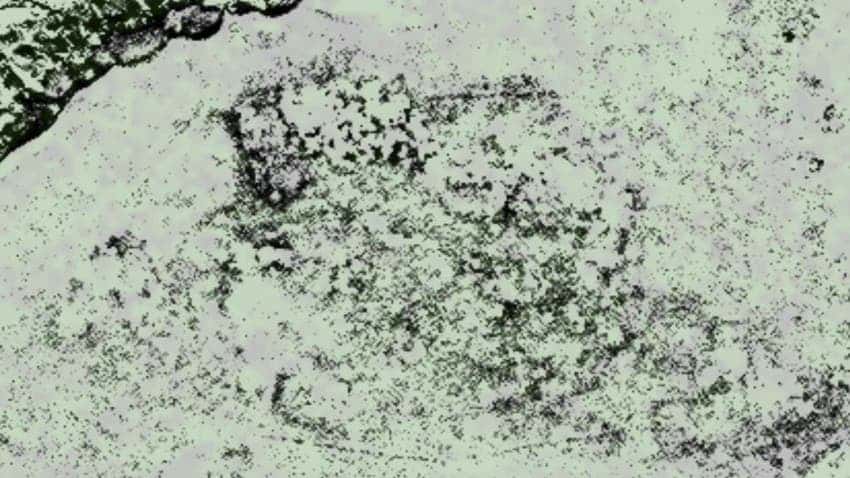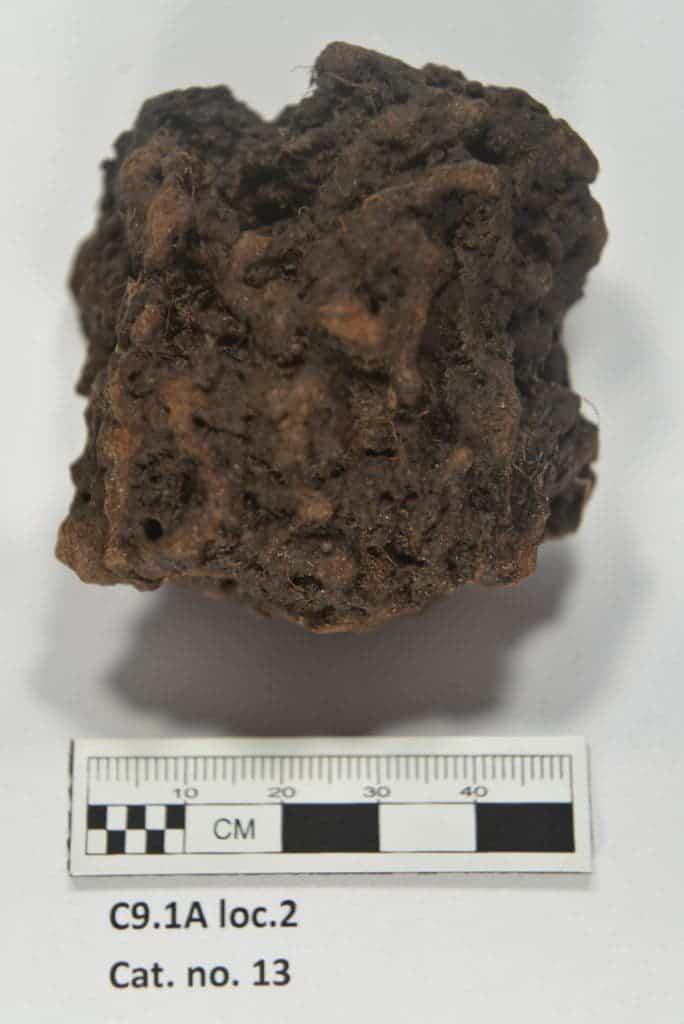Some 55 years ago, what looked like a wild goose hunt inspired by Norse Sagas — myths, stories of gods and “tales of worthy men” written by Icelandic monks in the 13th century — unexpectedly helped archaeologists dig up one of the most important finds ever: a Norse settlement in Canada. Aided by high tech (satellite imagery, magnetometry and image processing) a team of archaeologists say they’ve found tantalizing evidence of a second Viking settlement in North America. The findings could re-write history, once more detailed excavations are made and the true nature of the settlement confirmed.

The team which made the groundbreaking discovery was led by Sarah Parcak, a University of Alabama at Birmingham anthropologist. Parcak is an egyptologist by training who saw the potential of expanding the archaeological toolbox with 21st century technology. Alongside on-site digs, Parcak employs satellite imagery to scour the landscape for telltale signs of ancient human activity. Discolored soil or battered vegetation are good clues that something might be worth investigating further, either again from space using infrared satellite imagery or on-site directly. Using this impressive technique, Parcak found 17 new pyramids, 1,000 settlements and, strikingly, exposed a criminal network that looted ancient Egyptian antiquities. For her latter accomplishment she was awarded a $1 million prize by the non-profit TED.

When archaeologists discovered the 1000-year-old seaside settlement of L’Anse aux Meadows on the northernmost tip of Newfoundland, everyone was stunned. It proved that Vikings pre-dated Columbus by hundreds of years in the ‘new world’, but since then no other settlement was found, nor artifacts. And not out of lack of trying. Countless expeditions have been made with nothing to show, prompting some to claim that L’Anse aux Meadows was a singular affair — likely the settlement of a single expedition which was routed by the natives back to Europe.
By scouring the Canadian shoreline last year, Parcak found hundreds of promising sites, which were then narrowed down to a single site in the southwestern side of Newfoundland. Satellite imagery suggested the headline here was dotted with unnatural looking structures that looked like hallmarks of once standing man-made structures.
To the trained eye, this looked very promising. But Parcak and colleagues didn’t set their hopes up for a Viking settlement. When they went on site to investigate, they didn’t even bring an expert in Vikings since it was likely they’d find an indigenous settlement. The trenches that were dug up at the site, called Point Rosee, exposed Viking-style turf walls, ash, roasted iron ore (bog iron) and a fire cracked boulder. The artifacts were dated from the Norse area and structures that resemble the size and shape of longhouses at L’Anse aux Meadows were also found.

Not much else yet, but this is already striking. It suggests one of two possibilities: either this was a Viking settlement complete with a iron smithy, or this was the settlement of some other culture with iron processing technology at their disposal. Seeing how the only other pre-Columbian iron processing is at L’Anse aux Meadows, validating any of the two would re-write history.
So far, all evidence points to the idea that this is indeed a Viking settlement, which begs even more questions. Parcak says that judging from evidence gathered so fur, the structures from the settlement are ephemeral suggesting it was a lone outpost with an irony smithy. It could also be part of a larger settlement yet to be unearthed.
“This is going to take years of careful excavation, and it’s going to be controversial,” she said. “It raises a lot more questions than it answers.”
“But,” she added, her tone bright, “that’s what any new discovery is supposed to do.”






